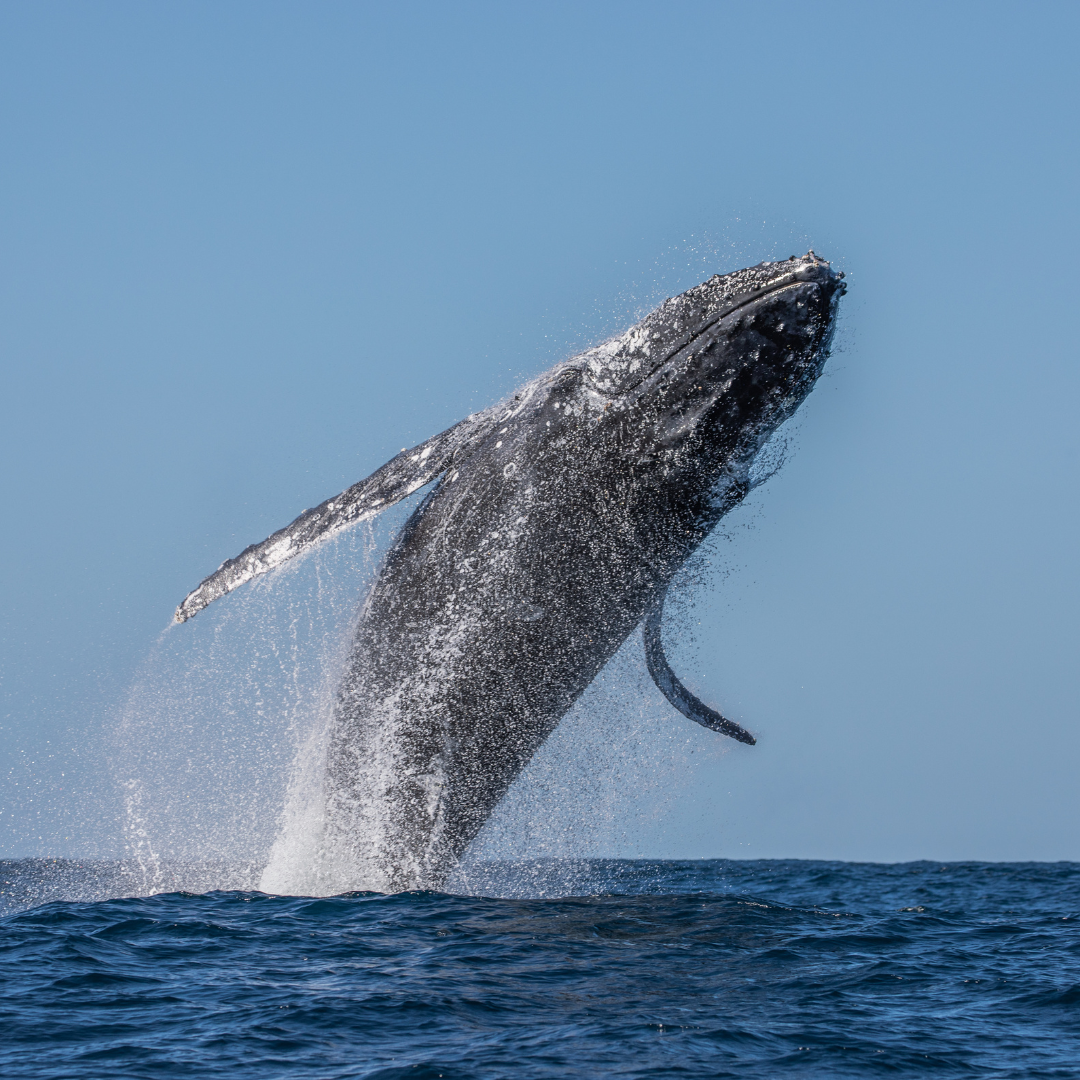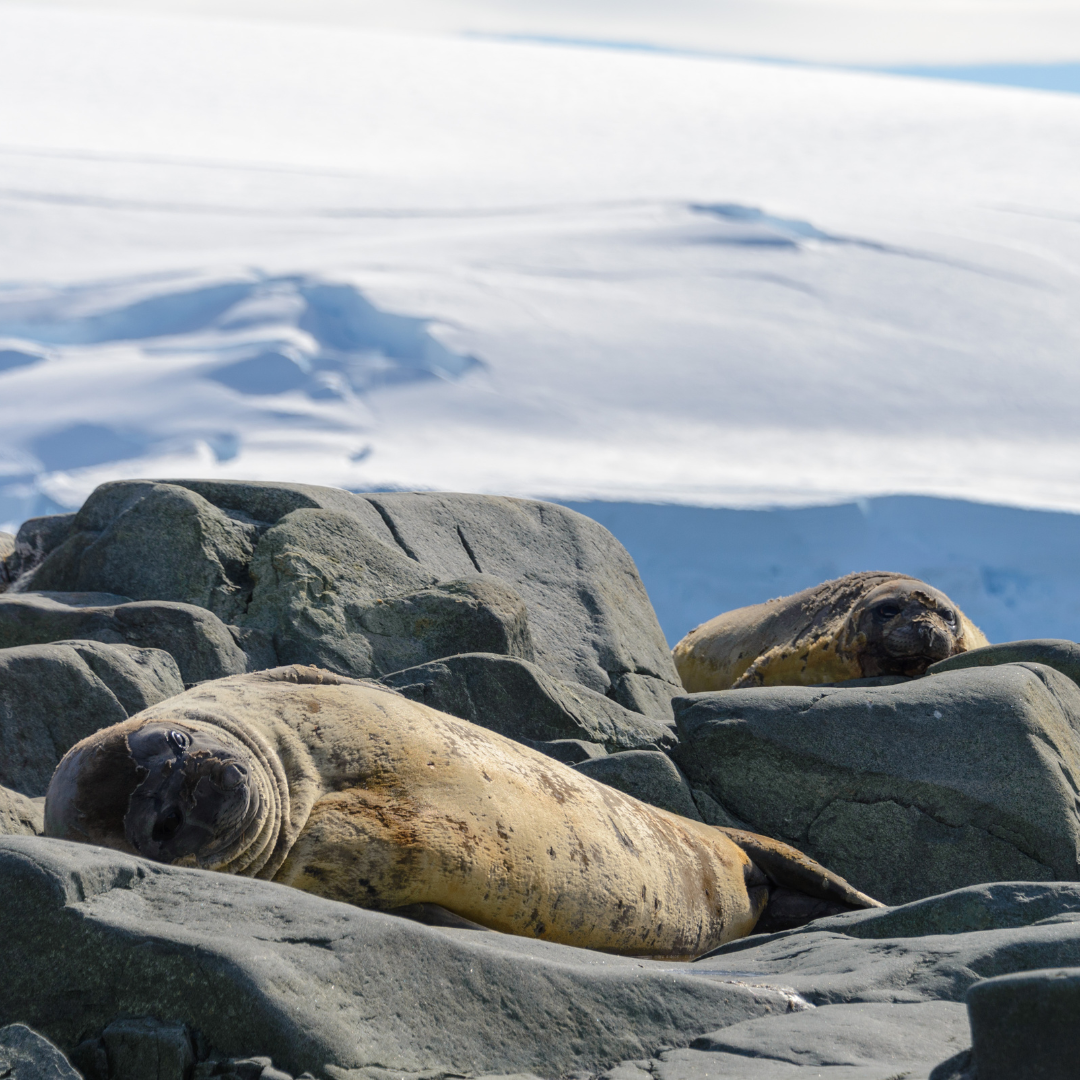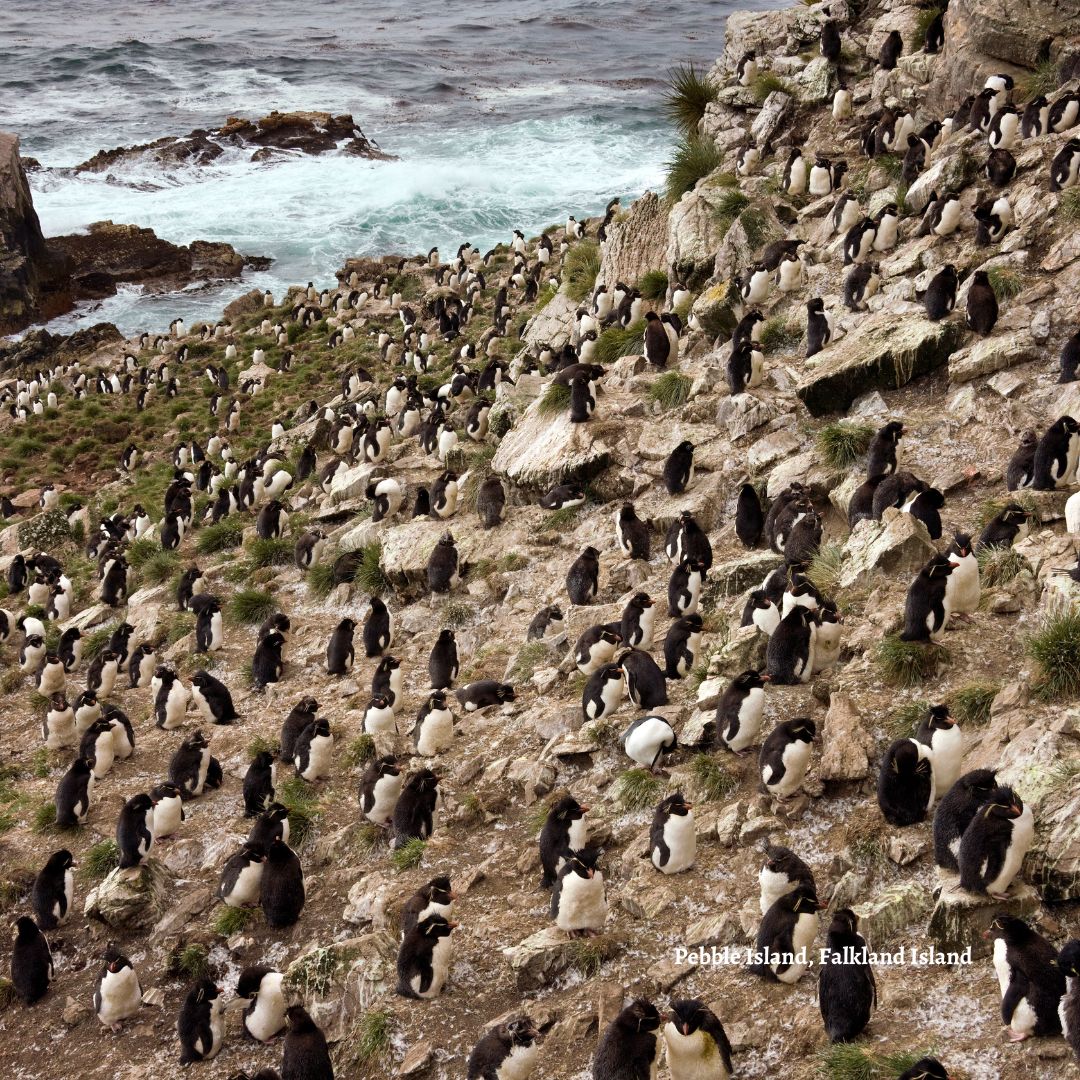When we think of penguins, our minds often wander to the icy landscapes of the Antarctic. However, did you know that there are also penguins in the Northern Hemisphere? These lesser-known penguin species inhabit the Arctic, adapting to the challenging conditions of the northern polar region. In this article, we uncover the fascinating story of penguins in the Arctic and shed light on their unique adaptations and lifestyles.
- The Little Auks: The Little Auks, also known as Dovekies, are the most abundant penguin species found in the Arctic. These small seabirds have black and white plumage, similar to their southern hemisphere counterparts. Little Auks nest in large colonies on steep cliffs, often on remote Arctic islands. Their diet consists mainly of krill, small fish, and other marine invertebrates.
- The Thick-billed Murres: Although not classified as penguins in the traditional sense, the Thick-Billed Murres share similar ecological niches and exhibit penguin-like characteristics. With their sleek bodies and striking black and white coloration, Thick-Billed Murres are excellent divers, plunging into the frigid Arctic waters in search of fish. They nest on cliffs and rocky ledges, forming dense colonies for breeding.
- The King Eiders: The King Eider is a large sea duck that shares some characteristics with penguins, though they are not true penguins. These stunning birds inhabit Arctic coastal waters and have striking plumage, with the males displaying a mix of black, white, and orange markings. They feed on shellfish, marine invertebrates, and sometimes dive to considerable depths to find their food.
Adaptations to Arctic Life:
Arctic penguins, although distinct from their famous Antarctic relatives, have evolved unique adaptations to survive the harsh and icy conditions of the north. They possess a thick layer of insulating feathers and a layer of fat that helps them tolerate freezing temperatures. Additionally, their streamlined bodies and webbed feet allow for efficient swimming and diving in icy waters, enabling them to forage for food.
Challenges and Conservation:
Arctic penguins face numerous challenges, including habitat loss, climate change, and pollution. As sea ice diminishes and polar temperatures rise, these unique species must adapt to rapidly changing conditions. Conservation efforts are vital to protect their fragile habitats and ensure their survival in the face of ongoing environmental shifts.
While the Antarctic may be renowned as the heartland of penguins, the Arctic is also home to a diverse range of penguin-like species. The Little Auks, Thick-Billed Murres, Brünnich’s Guillemots, and King Eiders all contribute to the ecological diversity of the Arctic region. Through their adaptations and resilience, these northern hemisphere penguins inspire awe and highlight the beauty and adaptability of life in Earth’s polar regions. Let us celebrate and protect these fascinating Arctic inhabitants, raising awareness about their presence and the importance of their conservation. #ArcticPenguins #NorthernHemisphere #ArcticWildlife #Conservation




